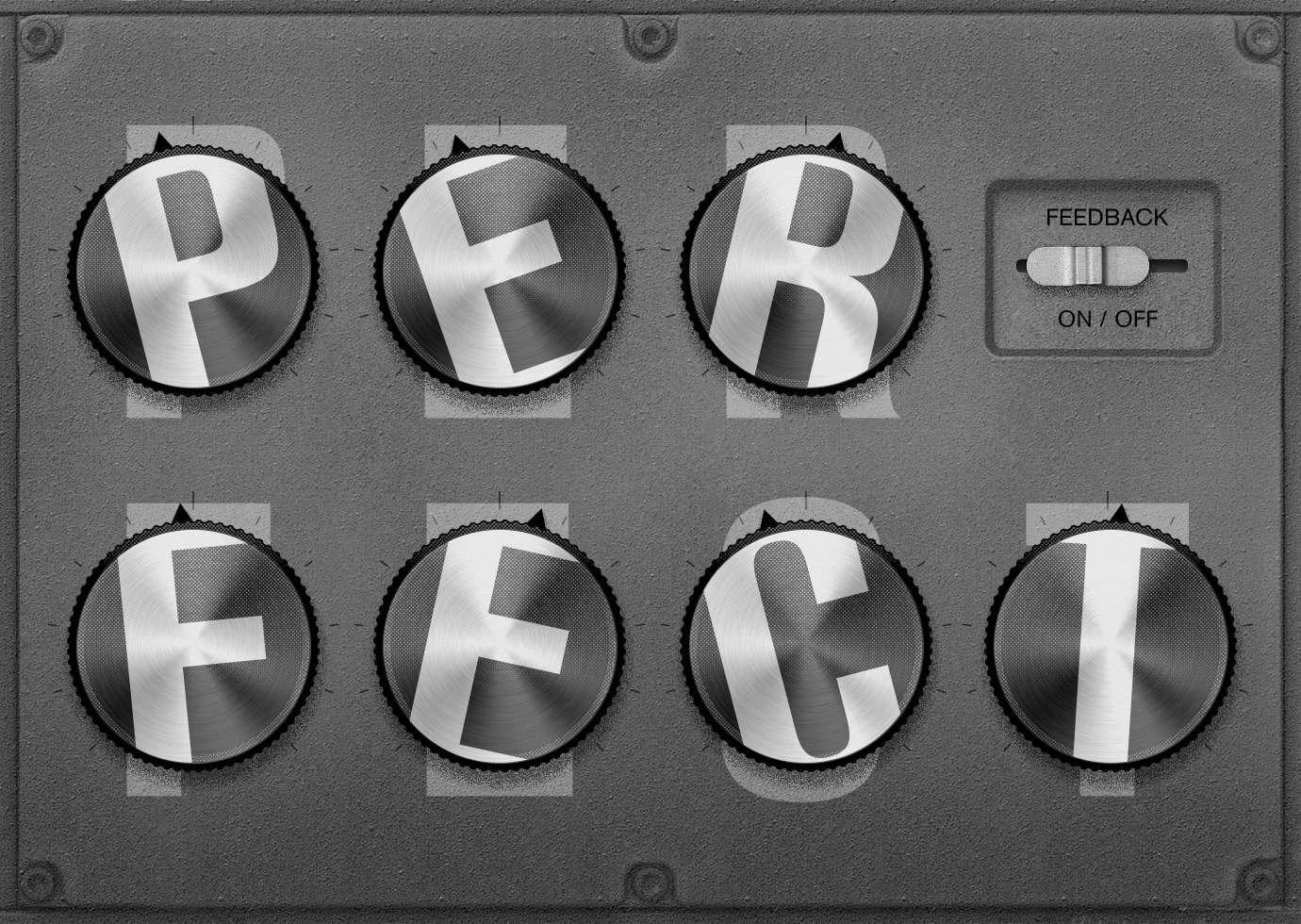Getting the most from your creative agency

When I was in college, I used to make fun of classes that encouraged us to “talk about our feelings.” The irony is that I ended up working in a field where success hinges upon forging emotional connections — and surprising, delighting, and engaging an audience. As a result, feelings — those gut reactions we all have to things we read and look at — are a very important part of my professional life.
I love working at Thinkso in large part because I love delving into clients’ businesses and thinking about the best way to use editorial and design to tell their story. But here’s the thing about me and my teammates: While we all have expertise in what we do — and more often than not have significant expertise in our clients’ fields, too — the fact remains that no one knows a company as well as a person who works for it.
It’s an obvious but important point to consider when you see creative work from your agency for the first time. At a glance, something may “feel” off to you. It may “feel” confusing; it may “feel” a little too masculine for your brand; it may “feel” too similar to a campaign your CEO nixed last year.
It may also feel perfect, and if that’s the case, all the better. But if it feels anything other than just right for you and your company, we recommend that you:
1. Get specific about what’s not working — and what is.
Sometimes the strategy — the big-picture thinking and planning that went into creative — is on point, but the creative itself isn’t expressing those ideas in quite the right way. Sometimes the design looks great, but the editorial uses two or three words that will make your CEO cringe. Sometimes the tagline hits it home, but the logo just seems less modern than you feel it should. When considering your initial reaction, try to separate out what’s working from what’s not and articulate that to your team. Knowing exactly where they’re succeeding and coming up short will help your team move forward with a more nuanced understanding of your needs.
2. Trust the team to come up with a holistic solution.
It’s important to keep your feedback specific (e.g., “We can’t use this word,” “Max hates this color.”) but still relatively high-level. That makes it easier — and more efficient — for your creatives to address the root of the problem. For example, if you tell us that a red accent in a design makes a product seem too loud or aggressive, we won’t only change the accent, but also reevaluate other parts of the design in light of your response. If a few sentences in web copy feel too warm and friendly, we’ll look at the entire editorial structure and, if necessary, tweak the overall tone to make it a better fit for your company. Because we take such a holistic view of our work together, it’s far more efficient for you to tell us what’s wrong than to start suggesting specific color changes or wordsmithing individual phrases.
Remember, especially during early rounds, your creative partners are looking to get a feel for your comfort zone. (On a related note, that’s also why we’re way more likely to push the envelope in initial presentations than later ones.)
“If you don’t like something you see, don’t waste your time in the weeds—that’s our job. ”
3. Give your creative team a chance to explain themselves.
We always explain the rationale behind our design and editorial decisions and why we believe they will advance the overall strategy. We do this for a few reasons:
We’re always thinking about client requests, the end product’s day-to-day utility, the competitive landscape, and best practices in design and editorial, and we want to share those considerations with our clients.
We usually work with a small group on the client side, and they often have to “sell” the work to other members of their own internal team. Explaining the “why” behind the creative makes their lives easier. And we love making our clients’ lives easier.
Hearing our rationale may make you see the design and editorial in a new light. For example, we may be intentionally writing in a way that pushes boundaries in your industry, because your firm is known for pushing boundaries in your industry and your editorial voice should align with your brand’s reputation.
On the other hand, sometimes hearing the rationale does nothing to change your mind. But it should at least help you get a sense of why we were a bit off base — either with our understanding of your needs and expectations or something else.
Regardless of where we end up, the dialogue itself helps us all get on the same page, drive the work forward, and hopefully end up with something we’re all proud of. And that’s a truly great feeling.